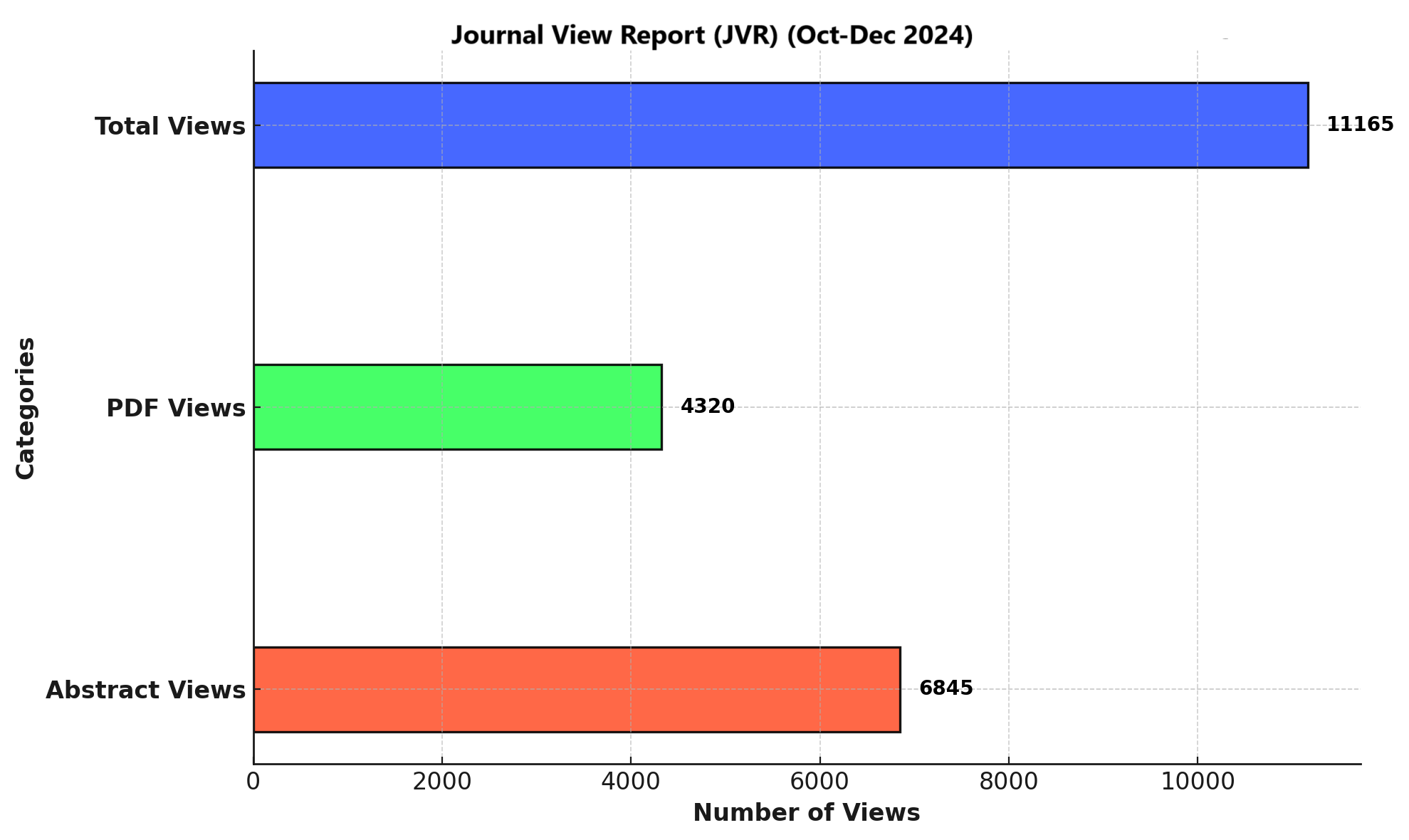THE EFFECT OF GRADED MOTOR TECHNIQUE VERSUS PROGRESSIVE CIRCUIT TRAINING FOR PAIN AND MOBILITY IN STROKE INDIVIDUALS
DOI:
https://doi.org/10.71000/y8nffa84Keywords:
Cerebrovascular accident, Functional Independence Measure, Graded Motor Imagery, Pain management, Progressive Circuit Training, Stroke rehabilitation, Visual Analogue ScaleAbstract
Background: Stroke is a leading cause of disability and mortality worldwide, significantly impacting functional independence and quality of life. Rehabilitation strategies play a crucial role in post-stroke recovery by enhancing motor function, reducing pain, and improving mobility. Graded Motor Imagery (GMI) and Progressive Circuit Training (PCT) are two distinct therapeutic approaches targeting neuromuscular reorganization and functional rehabilitation. However, comparative evidence regarding their effectiveness remains limited. This study evaluates and compares the efficacy of GMI and PCT in improving pain and mobility among stroke patients, providing insights into their therapeutic impact.
Objective: To determine the comparative effectiveness of Graded Motor Imagery and Progressive Circuit Training in improving pain levels and mobility in stroke patients.
Methods: A randomized clinical trial was conducted at Sehat Medical Complex, Rehab Cure, and the University Institute of Physical Therapy Teaching Hospital. A total of 28 ischemic stroke patients meeting the inclusion criteria were randomly allocated into two groups (14 participants per group). Group A received Graded Motor Imagery (3–5 sessions per week, 20–30 minutes per session, for four weeks), while Group B underwent Progressive Circuit Training (2–4 sessions per week, 30–60 minutes per session, for four weeks). Pain levels were assessed using the Visual Analogue Scale (VAS), and mobility was measured using the Functional Independence Measure (FIM). Assessments were conducted at baseline and after four weeks. Data were analyzed using SPSS 27.0, with independent sample t-tests for between-group comparisons and paired sample t-tests for within-group analysis.
Results: At baseline, no significant differences were observed in pain (p = .848) or mobility (p = .323) between groups. Post-treatment, both groups showed significant improvements (p < 0.01). The GMI group demonstrated a greater reduction in pain (VAS: 7.14 ± 1.03 to 3.21 ± 0.802) compared to the PCT group (VAS: 7.07 ± 0.917 to 4.86 ± 1.23). Mobility improvements were also more pronounced in the GMI group (FIM: 85.50 ± 2.10 to 96.50 ± 2.07) than in the PCT group (FIM: 86.43 ± 2.74 to 91.14 ± 4.42). Statistical analysis confirmed superior effectiveness of GMI in reducing pain and enhancing mobility compared to PCT (p < 0.01).
Conclusion: Both Graded Motor Imagery and Progressive Circuit Training proved effective in reducing pain and improving mobility in stroke patients. However, Graded Motor Imagery demonstrated superior outcomes, highlighting its potential as a more effective rehabilitation technique for stroke recovery. The findings suggest that cognitive-motor rehabilitation strategies like GMI may play a crucial role in optimizing neuroplasticity and functional independence in stroke survivors.
Downloads
Published
Issue
Section
License
Copyright (c) 2025 Khizer Mehmood Qadri, Muhammad Naveed Babur, Muhammad Saleh Shah, Javairya Amjad Peerzadi, Ayesha Sadiqua, Gulzar Ahmad (Author)

This work is licensed under a Creative Commons Attribution-NonCommercial-NoDerivatives 4.0 International License.







